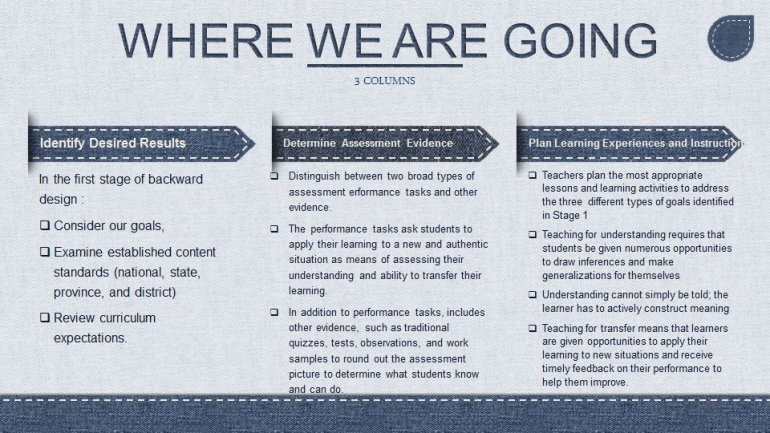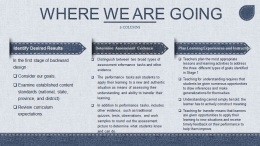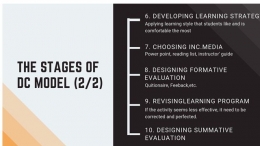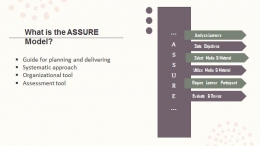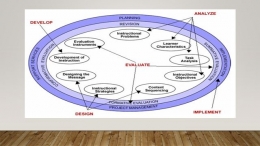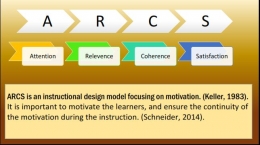
Cooperative Learning is part of a group of teaching/learning techniques where students interact with each other to acquire and practice the elements of a subject matter and to meet common learning goals. It is much more that just putting students into groups and hopping for the best. Cooperative learning models include the following basic principles:
- Group tasks are designed to be suitable for group work.
- Positive interdependence is built in -- cooperation is necessary for students to succeed.
- Attention and class time are given to interpersonal/cooperative skill building.
- Participants learn together in small (2-5) groups.
- Students are individually accountable for learning and participation.
- The instructor's role changes from being the "sage on the stage" to the "guide on the side".
It can be said that cooperative learning is a student-centered, instructor-facilitated instructional strategy in which a small group students in responsible for its own learning and the learning of all group members.
Simultion
Simulation application is used in many different contexts. Simulation is an imitation of a system. It involves the construction of an artificial history, with the real system features. Educational simulation is a simulation of some type of reality (system or environment) but which also includes instructional elements that help a learner explore, navigate or obtain more information about that system or environment that cannot generally be acquired from mere experimentation.
Problem Based Learning
PBL is considered as learning that is close to real life. This is because usually the problems discussed in learning reflect what happens in real life. Then, groupwork in solving problems, collecting data and critical thinking will be very beneficial for students in their future careers. In PBL, students will be given problems that require solutions, usually students will work in groups, depending on the level of difficulty given. Here, the teacher only acts as a facilitator in the discussion.
The following are the steps of designing problem based learning activities.
- Identifying an applicable real-life problem
- Determine the activity's purpose
- Create and distribute helpful material
- Set goals and expectations for your students
- Participate
- Have students present ideas and findings
Advantages of PBL
- Development of long-term knowledge retention
- Use of diverse instruction types
- Continuous engagement
- Development of transferable skills
- Improvement of teamwork and interpersonal skills
Disadvantages of PBL
- Potentially poorer performance on tests
- Students unpreparedness
- Teacher unpreparedness
- Time-consuming assessment
- Varying degrees of relevancy and applicability


